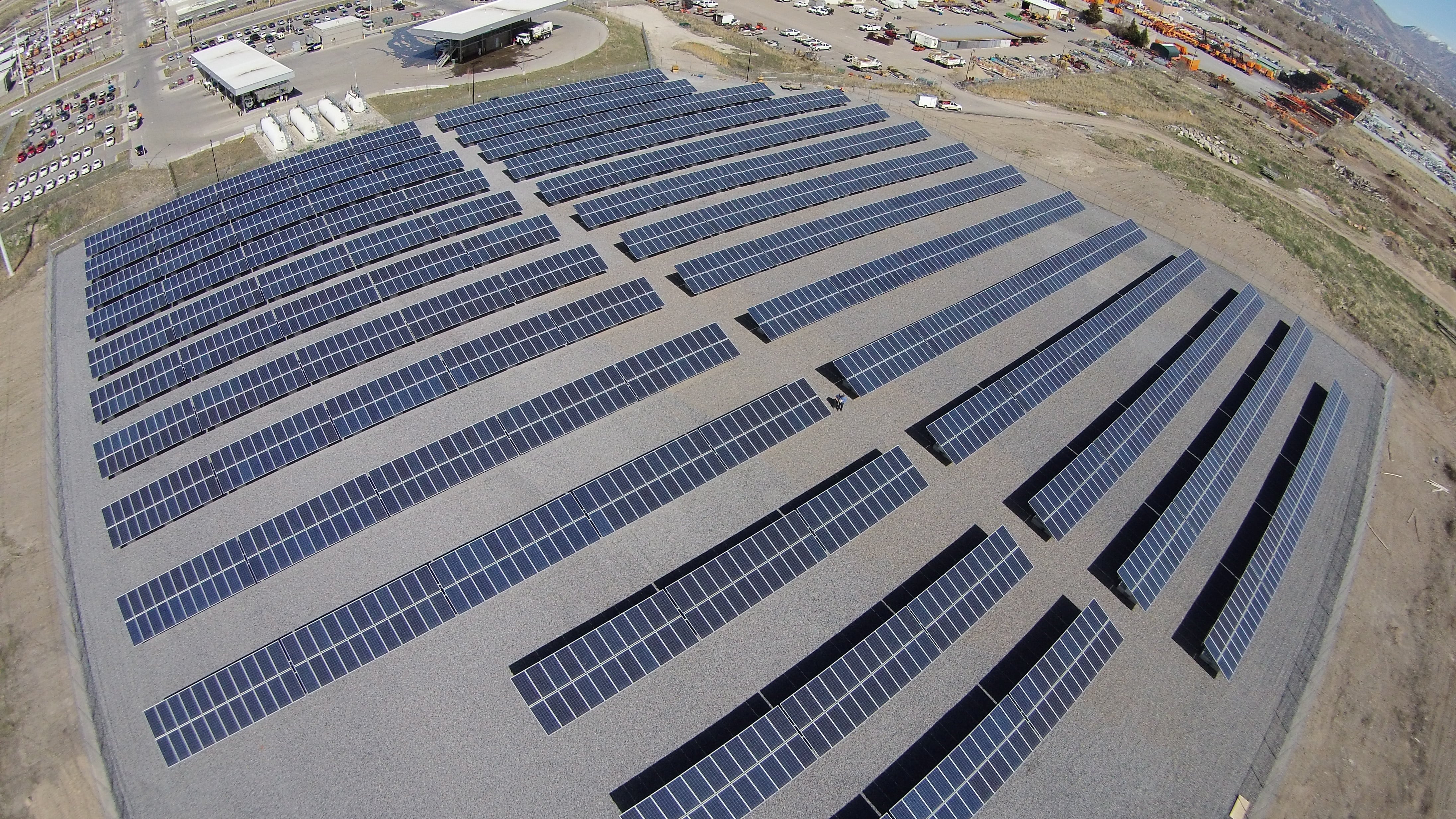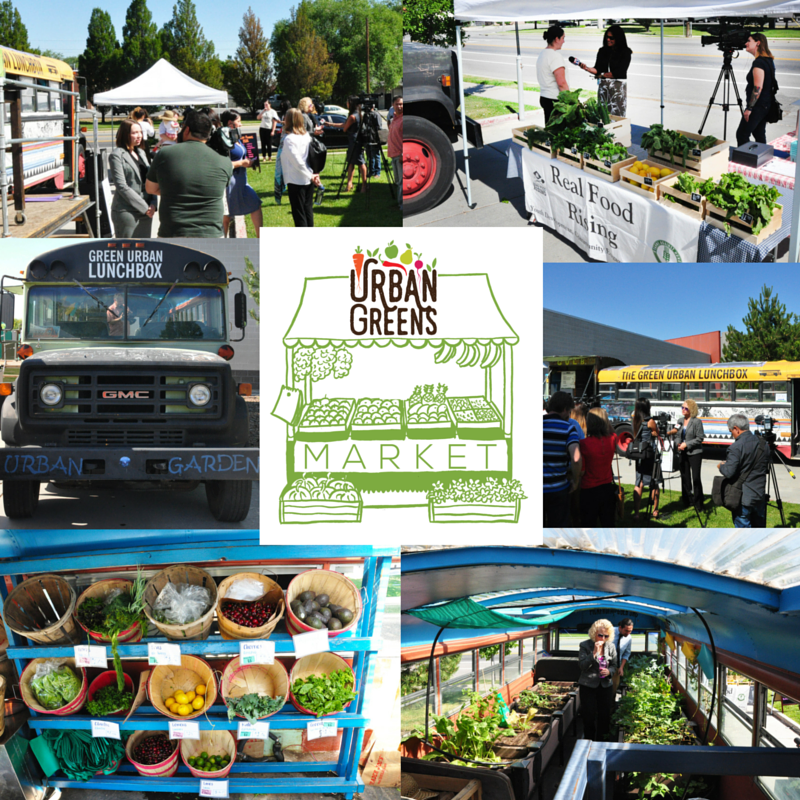
VIDEO :[youtube https://www.youtube.com/watch?v=jemBO0NnXXc&w=560&h=315]
PRESS:
Mayor Jackie Biskupski will officially launch a new program on Monday, June 27, to help some west side communities access more affordable and healthy food. The kick-off event and press conference begins at 10 a.m. at the Sorenson Unity Center. The Mayor and community partners will describe the new “Urban Greens Market,” then open the market for immediate business.
The Urban Greens Market is a creative concept to bring farm-fresh food to Glendale and Poplar Grove—neighborhoods classified as “food deserts” by the U.S. Department of Agriculture (USDA). Both Salt Lake City and the USDA found these areas lack grocery stores, have some of the lowest vehicle ownership rates in the country, and are home to an abundance of fast food outlets and convenience stores—all factors leading to the “food desert” designation.
To tackle this problem, in October 2015, the City’s Sustainability Department partnered with local non-profits Green Urban Lunch Box, Real Food Rising, a program of Utah Community Action and Utahns Against Hunger to win a USDA grant to create the Urban Greens Market.
“Ensuring that all Salt Lake City residents have access to healthy and affordable food is a major priority for my administration,” Mayor Biskupski said. “This can be a real challenge for our Glendale and Poplar Grove communities, which are situated in the largest food desert in Salt Lake City. The Urban Greens Market will make affordable, local produce more accessible to our residents in these neighborhoods.”
From now through November 14, the market will rotate through several locations every week in Glendale and Poplar Grove, providing locally grown and harvested produce. Each location will accept food stamp benefits and Double Up Food Bucks — a nutrition incentive program run by Utahns Against Hunger. The Double Up Food Bucks program will match food stamp benefits spent at the Urban Greens Market, up to $10 per market day, for fresh Utah-grown produce.
“We’re thrilled that Urban Greens Market is participating in the Double Up program this season. Double Up Food Bucks is a win-win-win for everyone. The program helps low-income families take home more fruits and vegetables, supports Utah farmers with new customers and more income, and strengthens the local economy by keeping food dollars circulating in the community,” said Brian Emerson, with Utahns Against Hunger.
The Market also provides practical job-training skills by employing teens from the Utah Community Action’s youth development program.
“If you visit an Urban Greens Market farm stand this summer, you may have a chance to meet one of our youth who are gaining skills in job readiness, communication, positive relationships, and healthy living as part of the Real Food Rising team,” said Haley Eckels, with Utah Community Action.
The produce is grown locally by farmers working with Green Urban Lunch Box (GULB) and Real Food Rising. Providing another venue for farmers to sell their produce is an important feature of the Urban Greens Market, which supports GULB’s incubator farm program.
“As we work to increase the number of farmers in the Salt Lake area,” said Shawn Peterson of Green Urban Lunch Box, “It’s very important to also increase the number of customers buying their produce. We hope this gets people hooked on delicious farm fresh food, creating more demand for new urban farmers, and, ultimately, driving up consumption of local food.”
The Urban Greens Market will be hosted by Sorenson Unity Center, Glendale-Mountain View Community Learning Center, Hartland Partnership Center, Neighborhood House, and Sherwood Park from now until November 14.
For more information on the program’s locations and hours please visit:
www.SLCgreen.com/urbangreens
Or register for text alerts by texting MARKET to 51555.

 Throughout Utah, air pollution is reaching alarmingly unhealthy levels. In fact, many areas along the Wasatch Front are currently out of compliance with portions of the Clean Air Act.
Throughout Utah, air pollution is reaching alarmingly unhealthy levels. In fact, many areas along the Wasatch Front are currently out of compliance with portions of the Clean Air Act. Salt Lake City is launching a new initiative, dubbed the “Urban Greens Market,” to bring healthy, affordable food to the Glendale and Poplar Grove neighborhoods.
Salt Lake City is launching a new initiative, dubbed the “Urban Greens Market,” to bring healthy, affordable food to the Glendale and Poplar Grove neighborhoods. 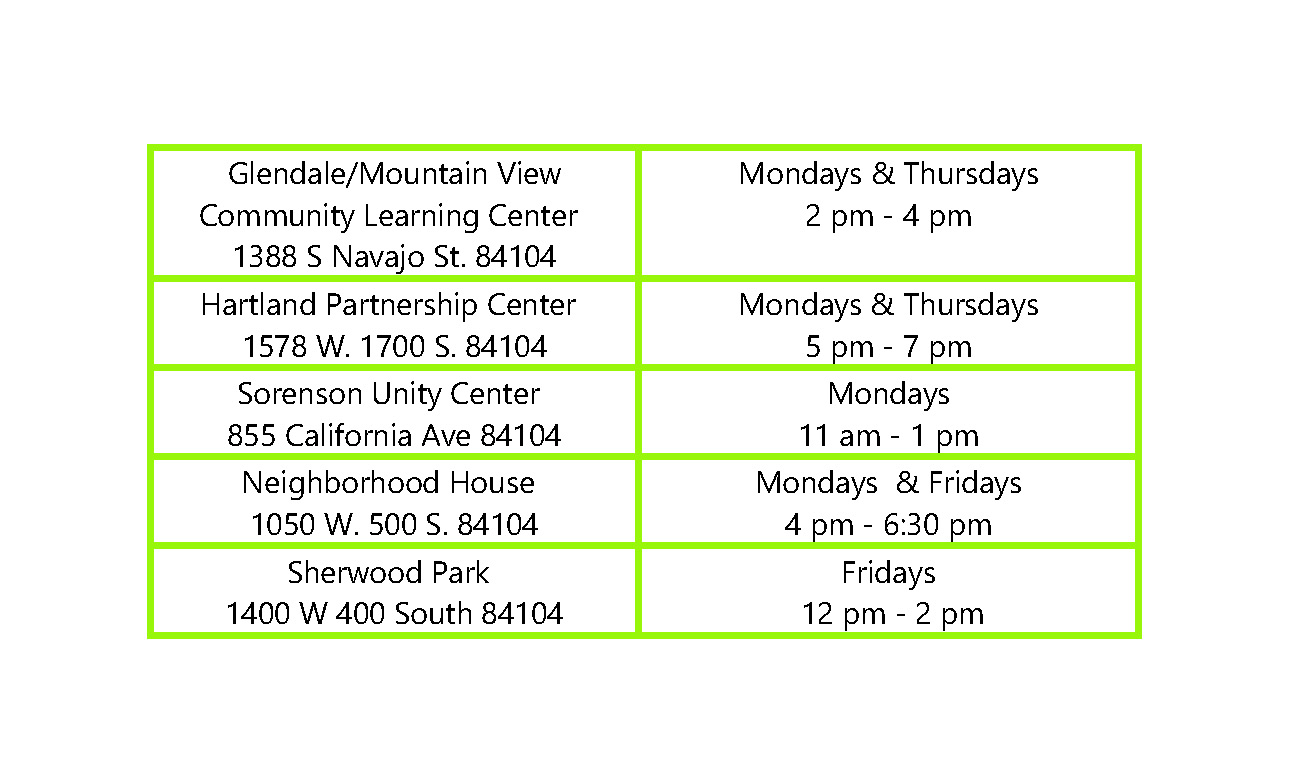
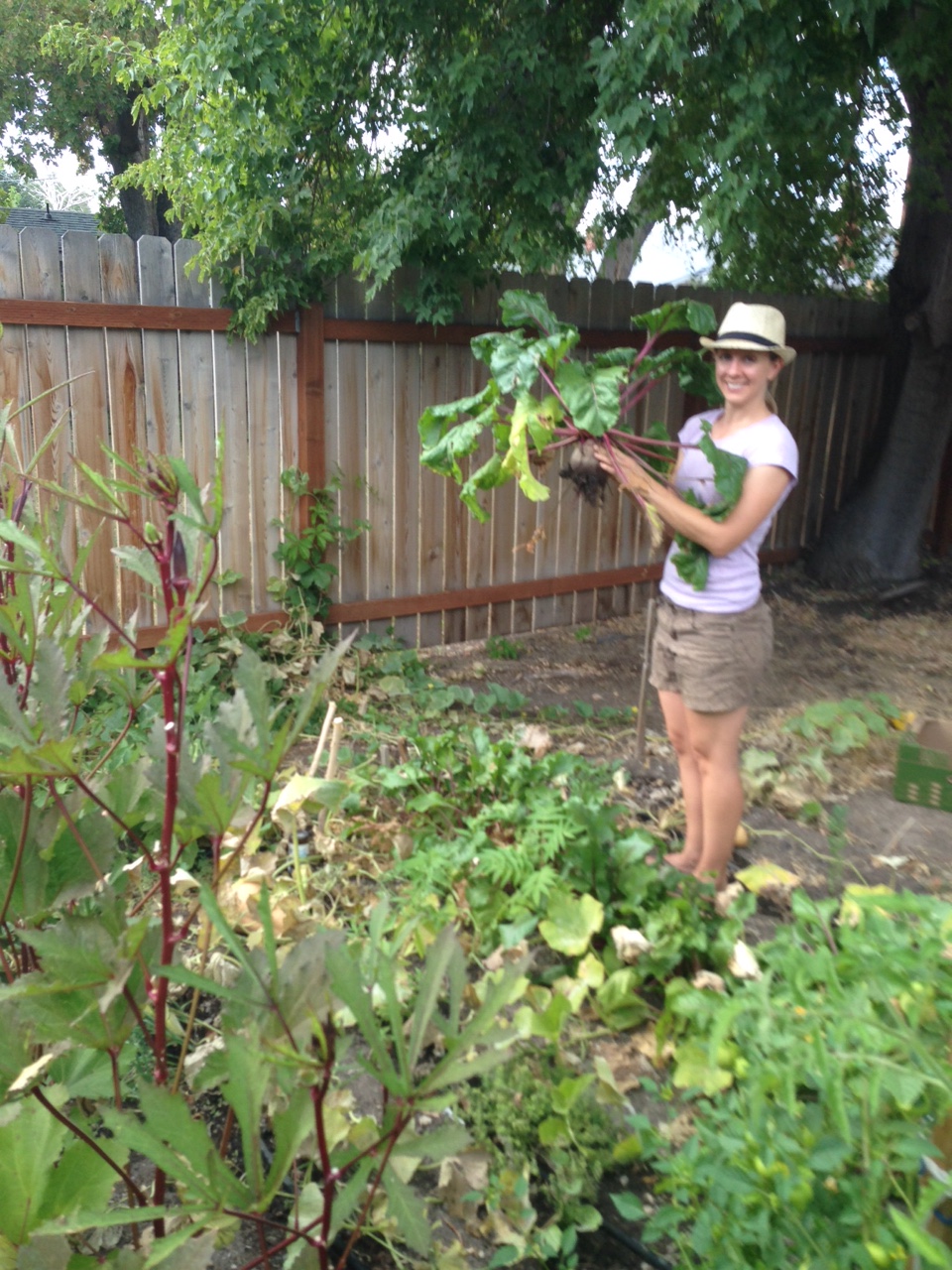
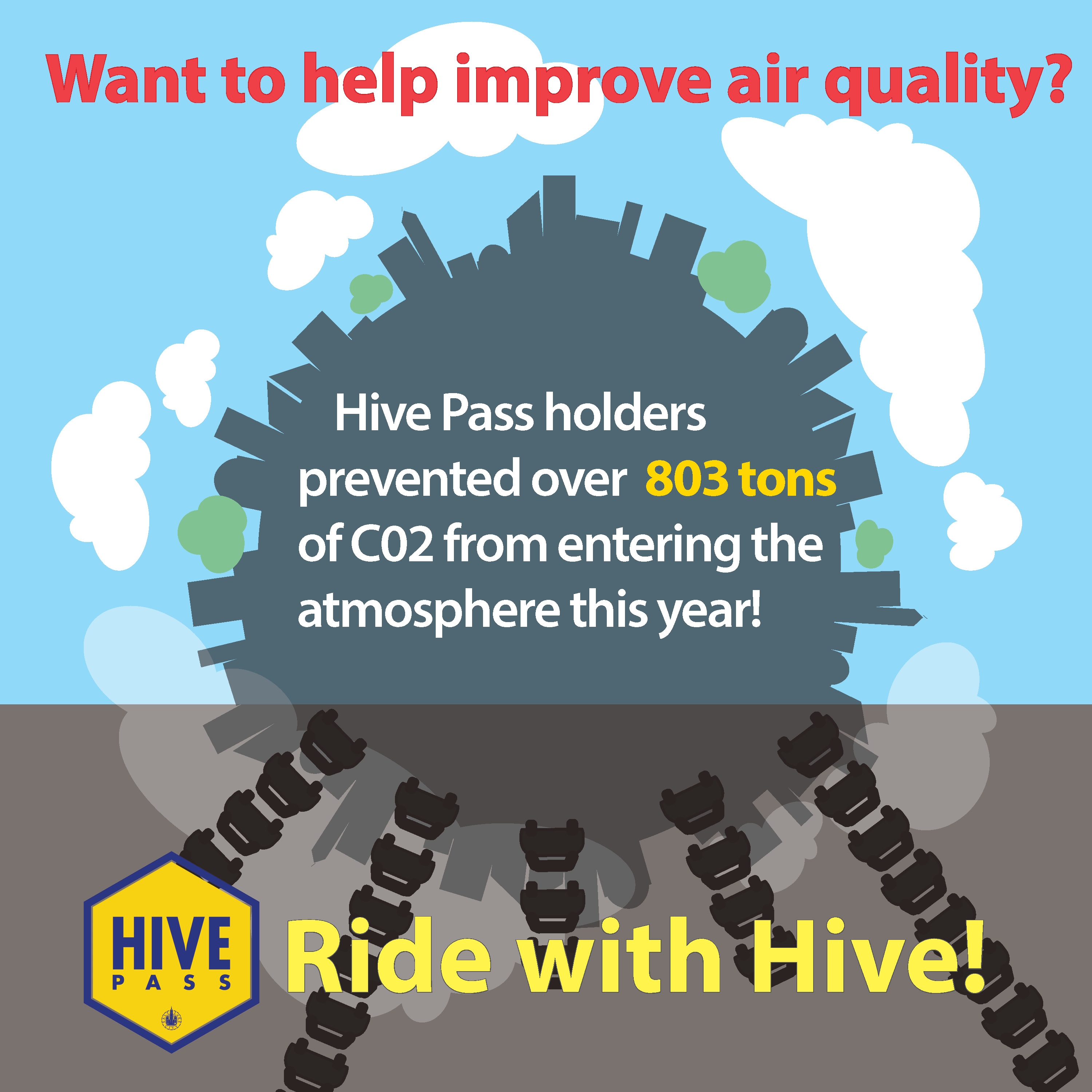
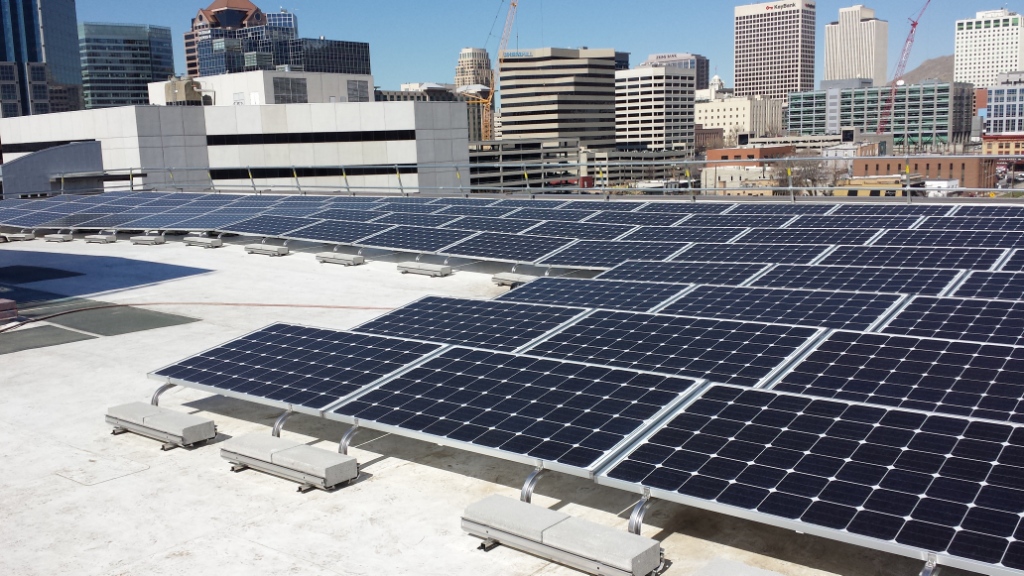
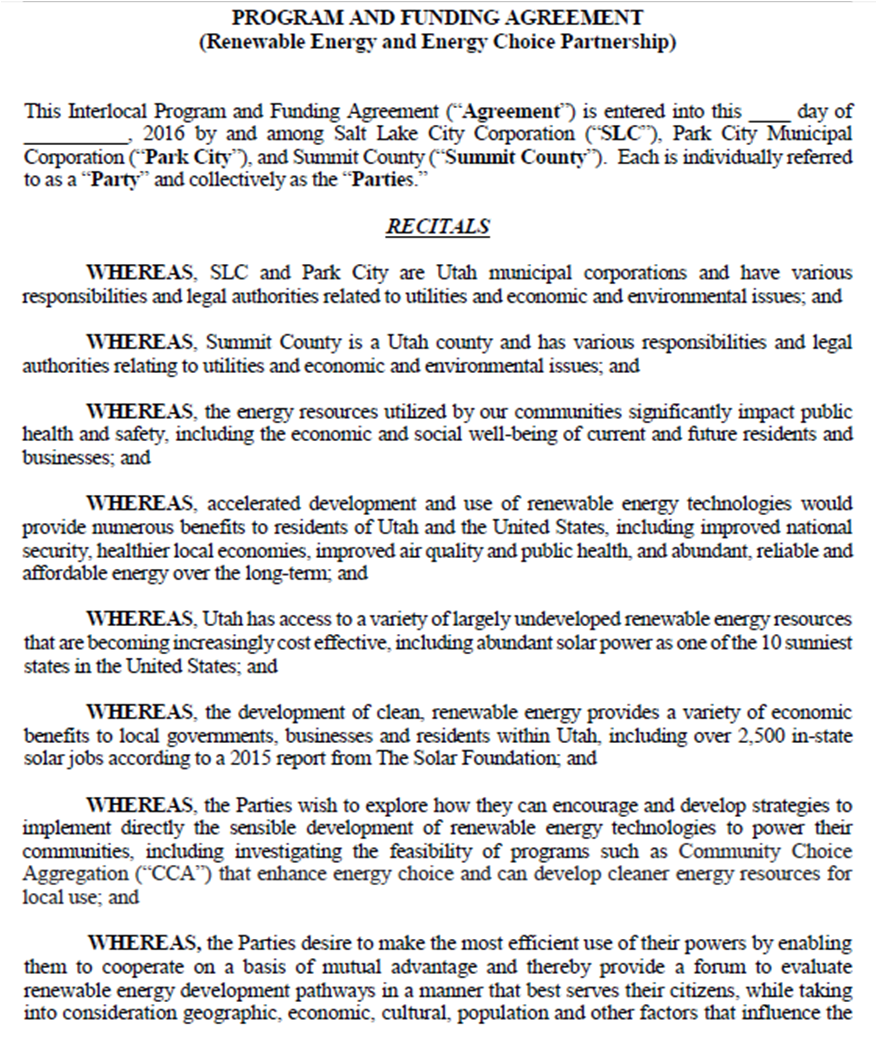
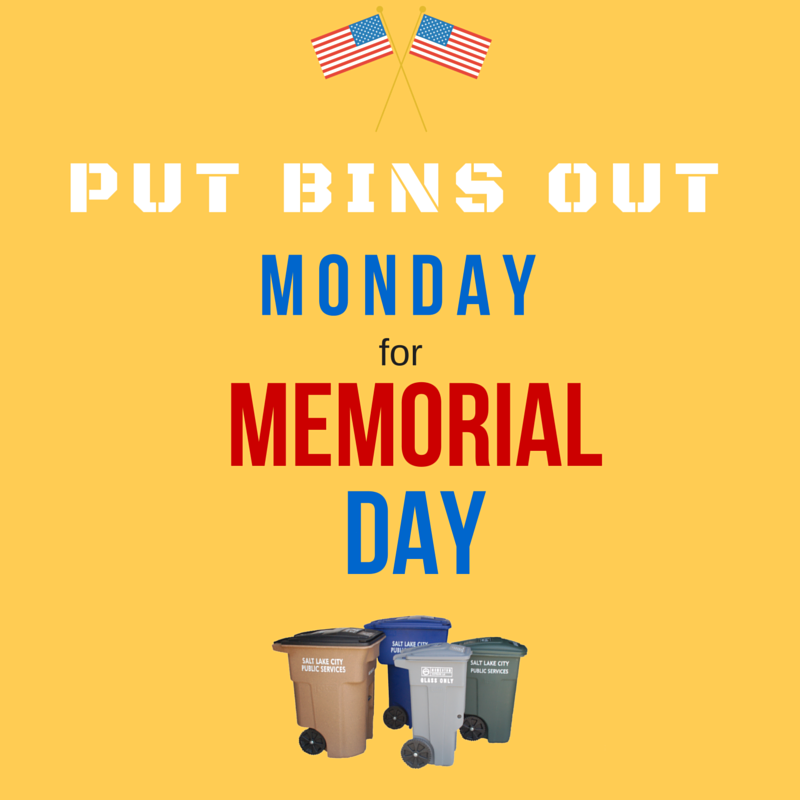
 Salt Lake City Green recently launched Empower SLC, an in-house sustainability training platform available for all City employees. The twelve-month program will cover a variety of sustainability-related topics, including energy use at home, water conservation, renewable energy, and food. Empower SLC is designed to motivate behavior change at the individual level in order to reduce pollution, save resources, and enhance Salt Lake City.
Salt Lake City Green recently launched Empower SLC, an in-house sustainability training platform available for all City employees. The twelve-month program will cover a variety of sustainability-related topics, including energy use at home, water conservation, renewable energy, and food. Empower SLC is designed to motivate behavior change at the individual level in order to reduce pollution, save resources, and enhance Salt Lake City.


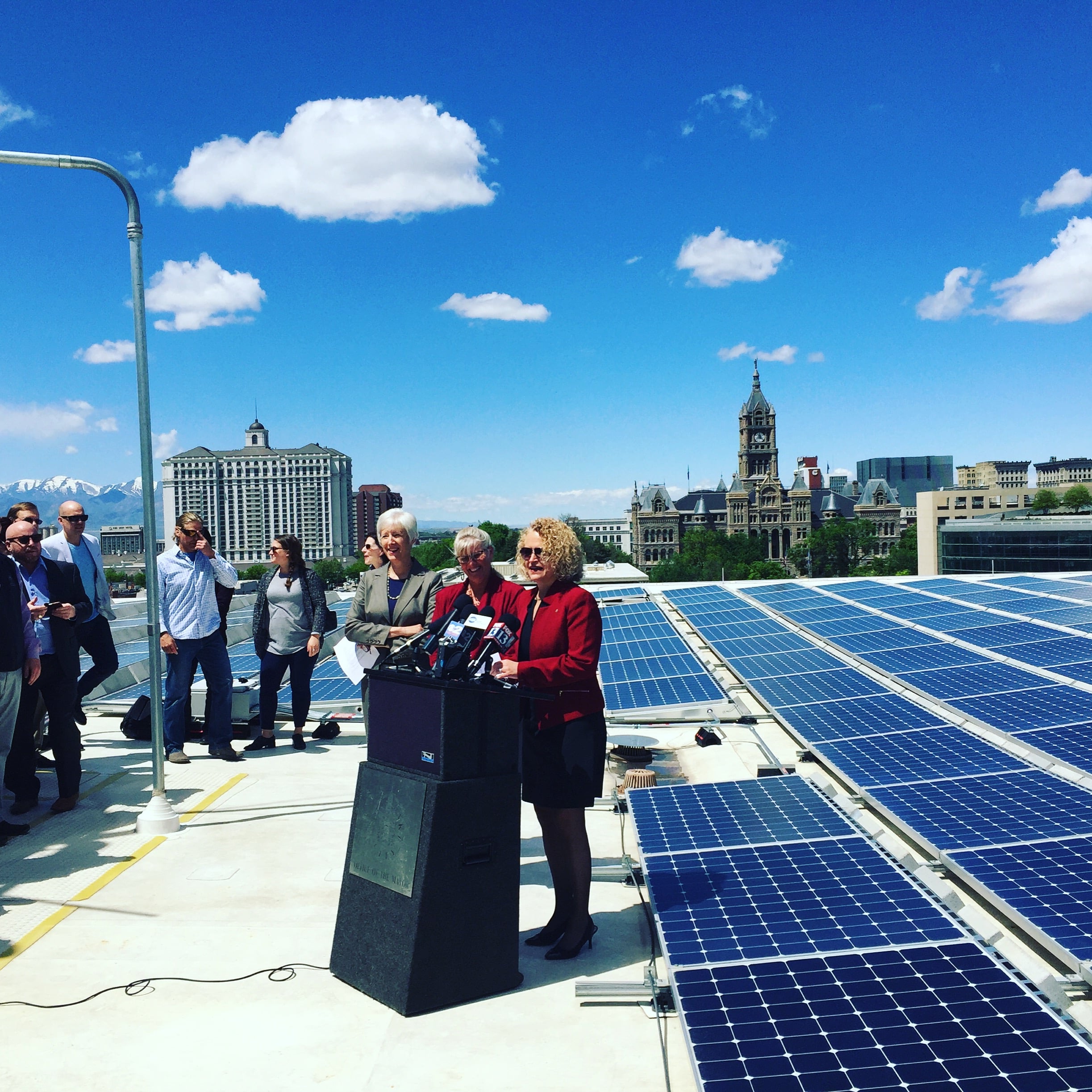 Salt Lake City will soon be powering a sizable portion of its government operations with clean, renewable energy from the sun. The City has committed to a three megawatt (MW) subscription of solar energy through a new program offered by Rocky Mountain Power entitled Subscriber Solar.
Salt Lake City will soon be powering a sizable portion of its government operations with clean, renewable energy from the sun. The City has committed to a three megawatt (MW) subscription of solar energy through a new program offered by Rocky Mountain Power entitled Subscriber Solar.